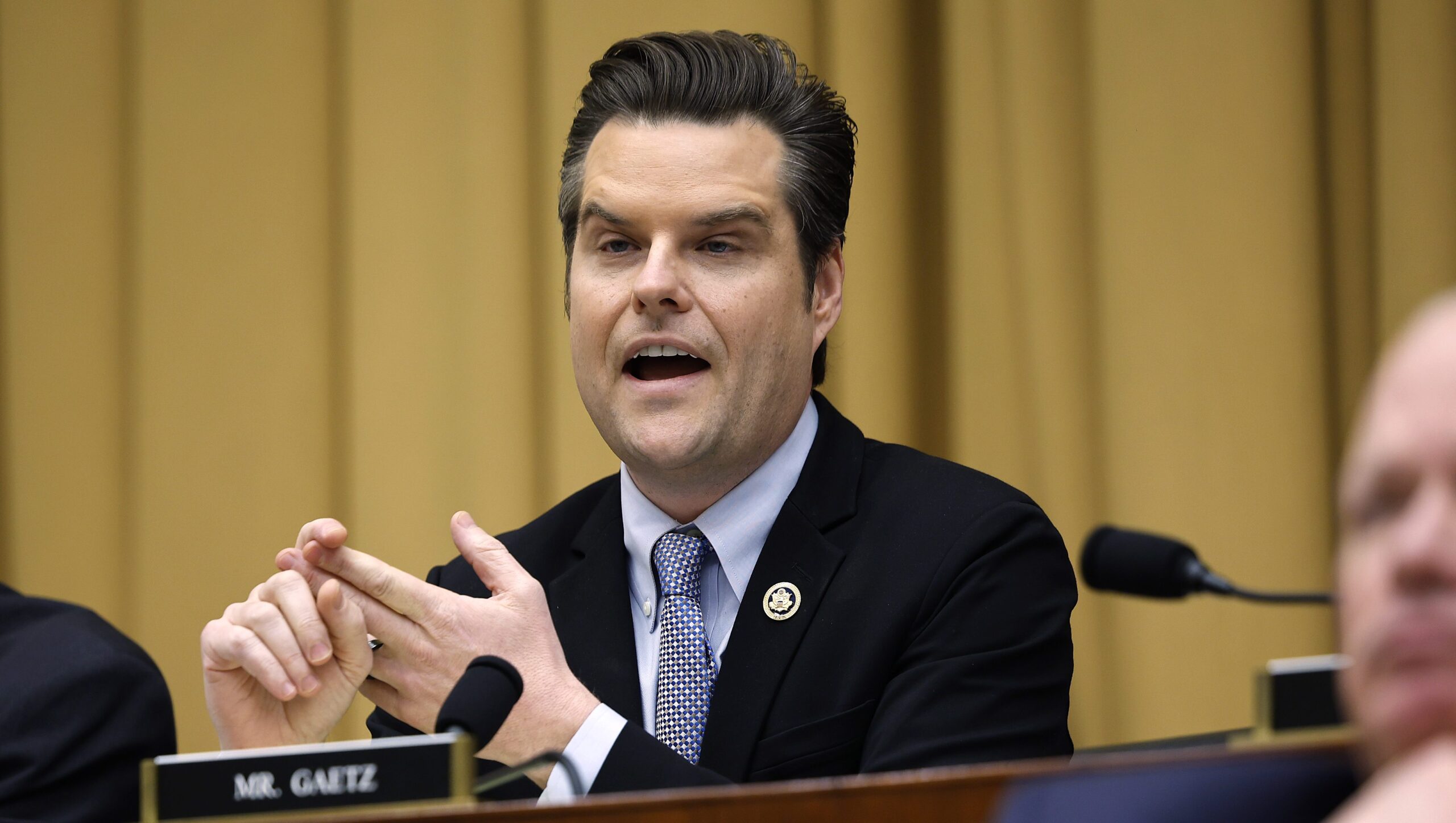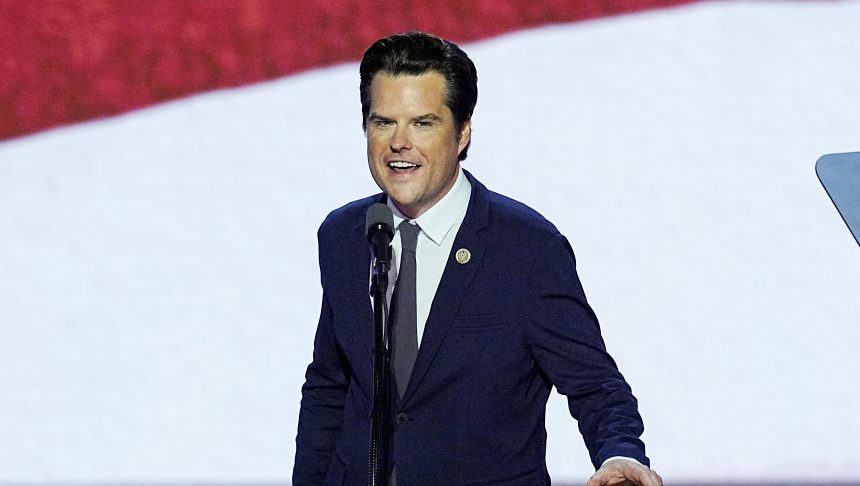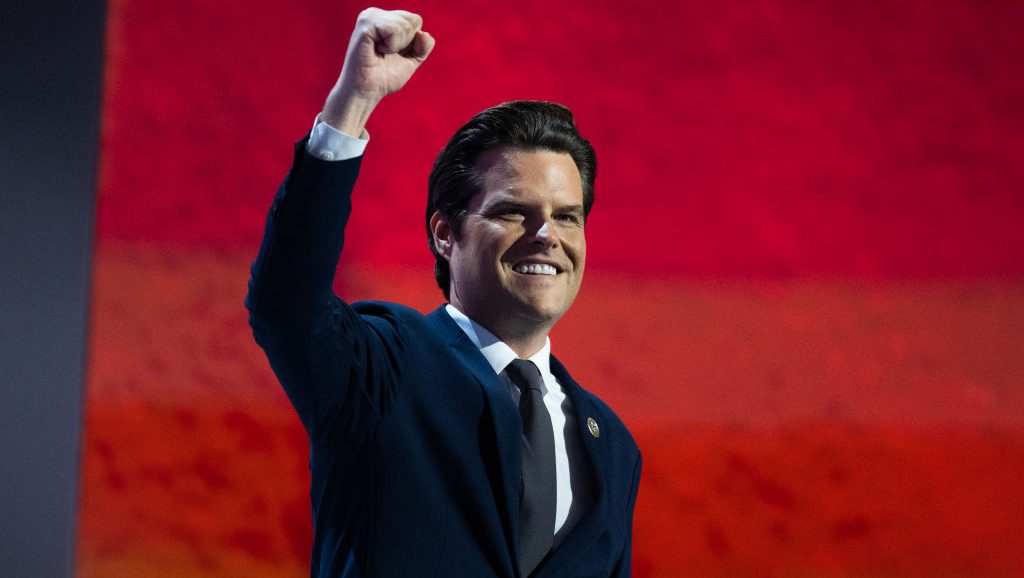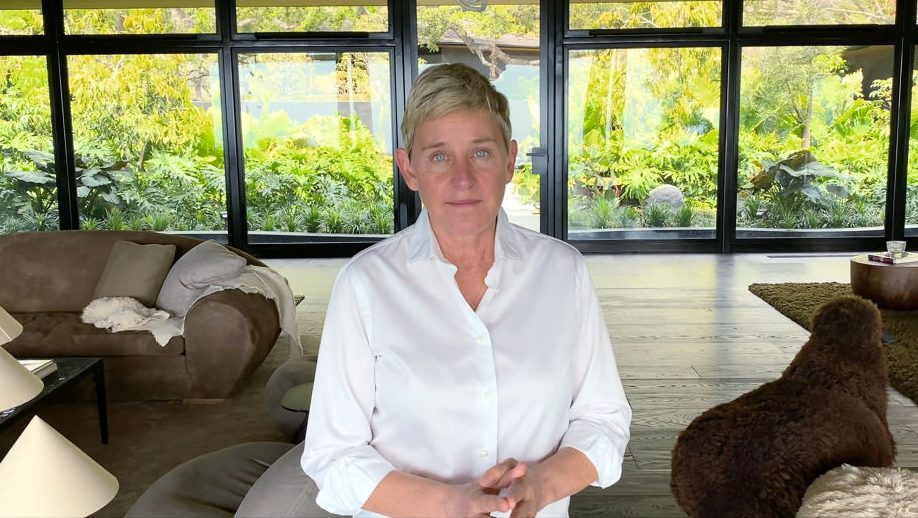The hall discuss at subsequent week’s FICCI-Frames convention in Mumbai, usually Indian media’s high confab, is for as soon as much less more likely to deal with ‘what if?’ and extra on ‘what subsequent?’
That’s as a result of, with the January collapse of the $10 billion Sony-ZEE merger plans and late February’s affirmation that Mukesh Ambani’s Reliance Industries (which includes Viacom18 and streamer JioCinema) is to tie up most of Disney’s streaming and pay-TV companies in an $8.5 billion deal, Indian media is about to realize a brand new market chief.
For native and worldwide operators on the earth’s most populous nation, the results of these tectonic shifts prolong throughout streaming, pay-TV, channels, promoting, sports activities and content material.
The merged Reliance Industries and Disney India (Disney+ Hotstar and Star TV) big will be capable of seize: 35% of whole TV viewership; 40% of the whole income marketplace for broadcasters, together with advert gross sales and affiliate charges; and 45% of the premium VOD streaming market, together with SVOD and premium AVOD, however excluding YouTube and Meta, in line with calculations by Singapore-based consultancy Media Companions Asia.
With the merger deal anticipated to shut inside 12 months, the Reliance-Disney group can even probably signal a long-term provide deal for Walt Disney content material and be capable of generate appreciable inner value financial savings. And it may also bid to purchase Disney’s 30% stake within the Tata Sky satellite tv for pc enterprise.
The twin Sony-ZEE and Reliance-Disney quakes underline how tough it’s for international entities to maneuver in Indian media. Disney gained market management in India with the twenty first Century Fox acquisition, however then created a self-inflicted wound from timidity within the sports activities rights sector and is taking a look at a $1 billion write-down on Star India, it reported lately. (Nor was this Disney’s first acquisition in India gone bitter. In 2012, it purchased outright management of movie and TV big UTV, just for it to be rationalized and stripped down.)
Sony, which additionally has a string of unsuccessful acquisitions in India (ETV, Maa and a failed tie-up with Viacom18 in 2020) wants to search out one other option to develop from a mid-sized participant to a bigger agenda-setter. Its Tokyo bosses appear excited by the prospects, however each natural and acquisitive progress will likely be tough.
Zee, which will be seen as a family-controlled conventional enterprise with a inventory market itemizing, might have fewer worries. Regardless of its poor margins, debt and authorized woes, Zee’s huge content material library might maintain it and entice different accomplice corporations.
Though the Indian media and leisure market is seen as dynamic and rising, funding within the content material market has already been slowed by hesitancy across the company actions, by the worldwide companies’ woes and by re-evaluations of content material priorities in India.
Discovering and producing Indian reveals that work internationally (exterior the diaspora) is hard, as Prime Video is discovering, although Richie Mehta’s “Poacher” has been a current world hit. Netflix, which is positioned as an upmarket area of interest participant in India, has however grow to be a much bigger purchaser of third party-produced movie rights. And, throughout the board, spending might have to shift extra into mass market content material as platforms compete for promoting and increase additional into AVOD and freemium — and compete for “the subsequent 30 million subscribers.”
MPA means that whereas Netflix will stay sturdy (and area of interest on an Indian scale), its mixture of native and international reveals may very well be challenged by the brand new Viacom18 / JioCinema and Disney mixture, which is able to be capable of provide NBCU, WBD and Disney content material in addition to its personal Indian productions. Netflix this week unveiled its 2024 slate, claiming it to be extra various, and hinted at a potential transfer into live-streaming.
Media consolidation, pruning of channel portfolios and the sports activities calendar can also have penalties for broadcasters’ affiliate payment revenues. The squeeze is predicted to most harm native and information channels and smaller clusters. “Smaller networks corresponding to Instances and Warner Bros Discovery will [be most vulnerable]. Sony too given its restricted regional presence, will probably get challenged by native [distribution platform operators]. In distinction, bigger gamers like Zee and Solar, boasting a wider and concentrated portfolio of channels, will likely be final and least to be affected,” MPA stated in a brand new analysis word.
And, whereas a lot government consideration at FICCI-Frames will dedicated to the premium finish of the spectrum, social video stays big and rising, with Alphabet’s YouTube and Meta (Fb, Instagram and Whatsapp) the dominant market leaders. (TikTok is banned in India.)
Video constitutes about 30% of whole revenues for each YouTube and Meta, MPA estimates. With over 300 million Instagram customers, India is the most important marketplace for Instagram Reels, forward of the U.S. and Brazil. For YouTube, the large display screen TV has grow to be the fastest-growing section, reaching some 60 million customers, as of the primary half of 2023. “In 2023, each platforms maintained their dominance, collectively commanding a 55% share of the whole on-line video market and roughly 75% of the quickly increasing AVOD section,” the MPA report stated.
Near the bottom, capable of function in various native languages and proudly owning content material, India’s TV channels have the possibility to develop their broadcaster-VOD operations, however they lack Meta and Google’s expertise and should search for mergers or alliances to get there.
Within the streaming area, past the larger gamers, India speaks a welter of languages and most of those are nicely catered to by small specialist streamers. The giants serve the so-called regional market through the use of their monetary clout to dub content material into numerous languages, however their subsequent push is to fee authentic programming in all of India’s main language teams.
There are two Indias – the comparatively small, however globally seen, English-speaking India, and the huge, multilingual and more and more prosperous and aspirational Bharat (the traditional Sanskrit identify for the nation), the place the expansion will come from. Along with his ambitions of scale, Ambani has already achieved Indian market management within the telecom and retail sectors. The Disney-Reliance deal will likely be his play to attain the same end result within the media enterprise.
The post Indian Media in Combat for Worth and New Allies appeared first on Allcelbrities.








